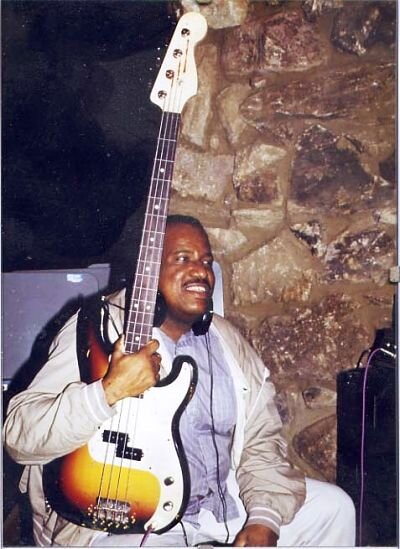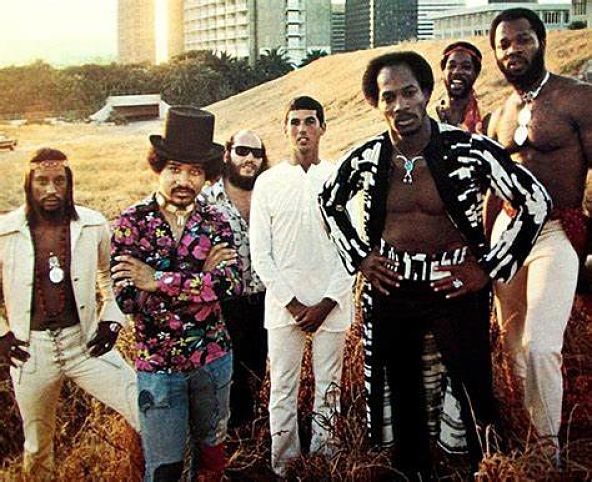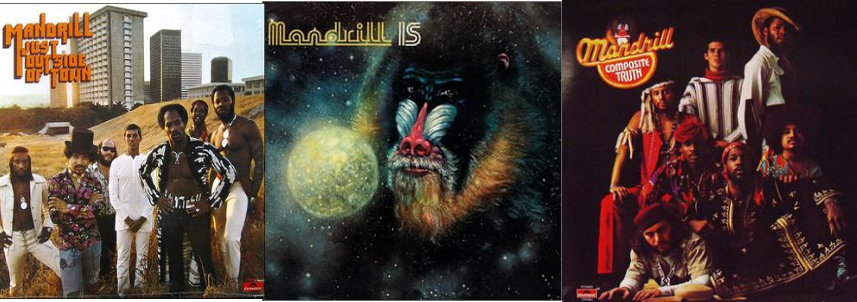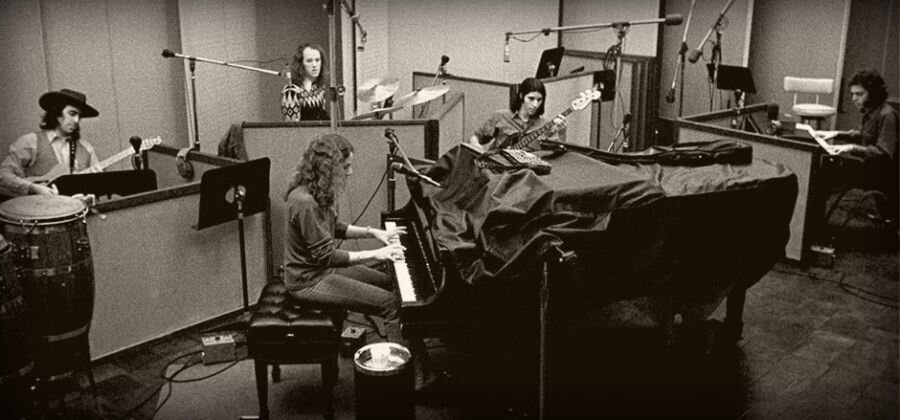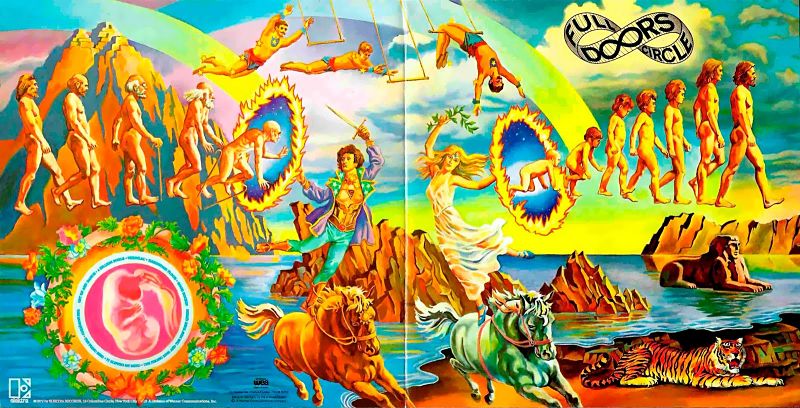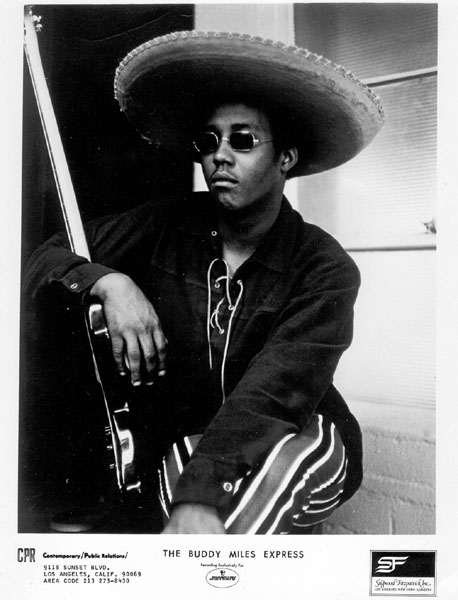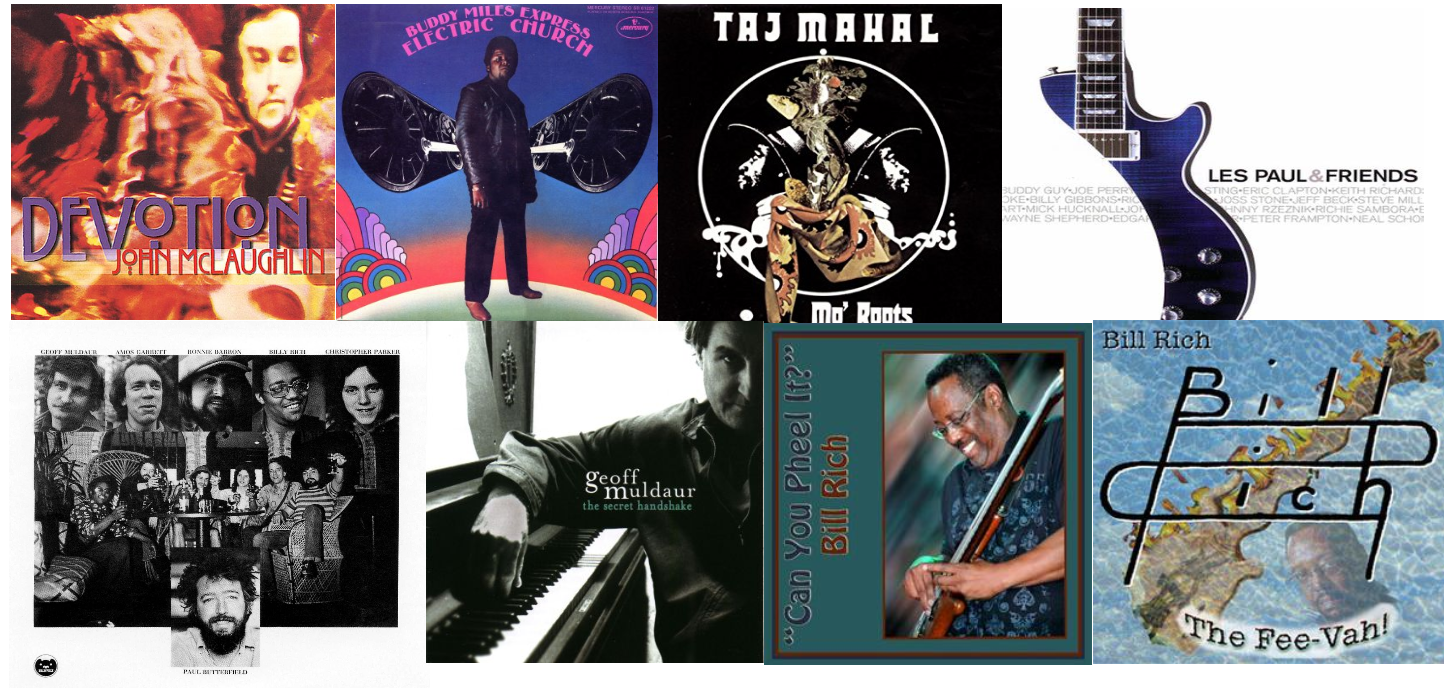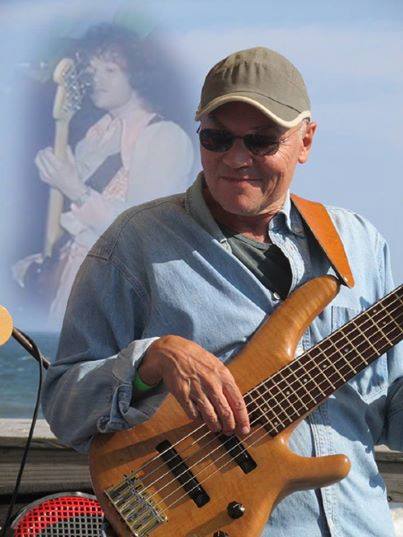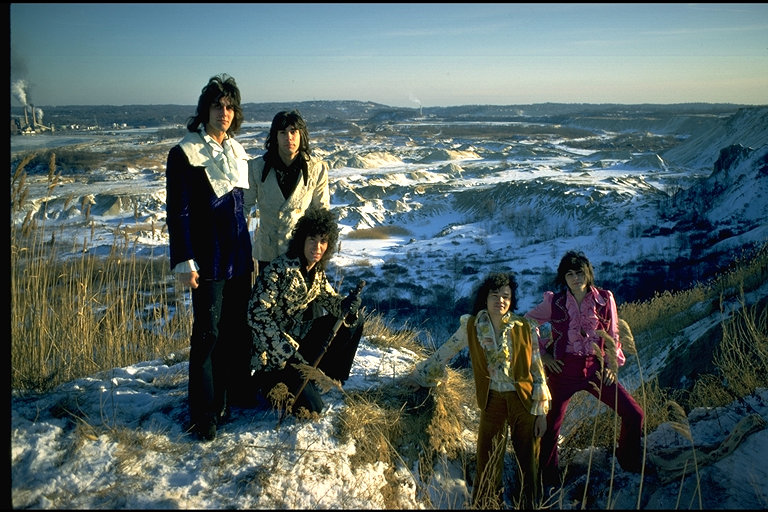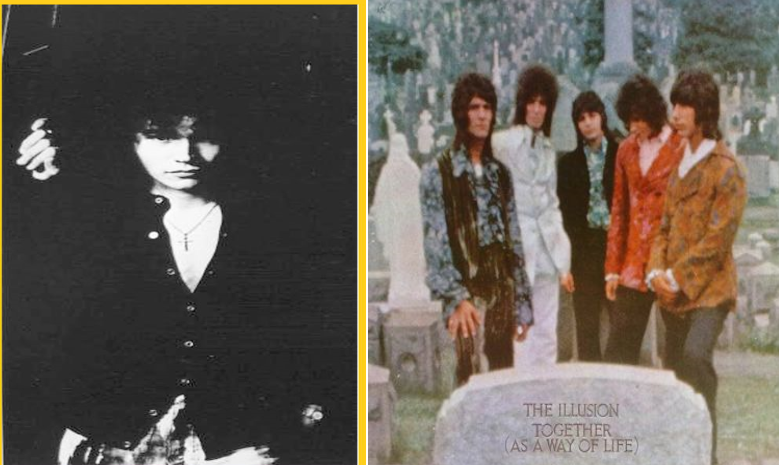Scott Edwards (Hall & Oates, Donna Summer, Boz Scaggs, T.Rex, Yvonne Elliman)
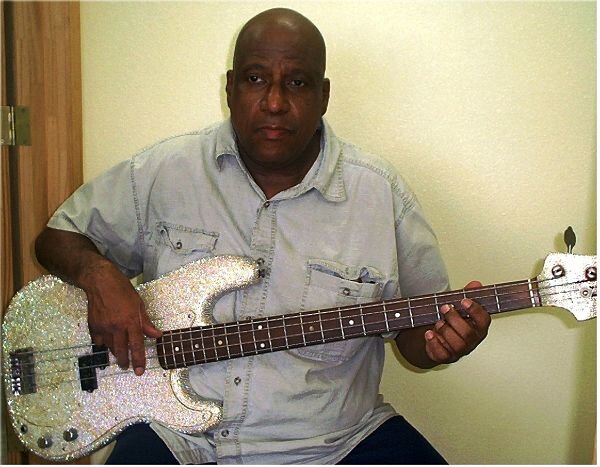
From a Rhinestone Cowboy to a Dandy in the Underworld, from Bad Girls to a Rich Girl to I’m A Fool For You Girl… from Sara Smile to Angela to Smokey to Candi, and I’ll throw in Peaches & Herb and Boz to boot…
When Michael Henderson spilt from the employment of the former Stevland Hardaway Morris to work with a newly electrified Miles Davis, a young Atlanta cat named Scott Edwards stepped in and took over the bass chair and thus began a stellar career as a first call sideman session player.
A chameleonic Fender Precision wielding James Jamerson disciple, Scott’s incredible body of work spanned every genre of pop music embracing rock, smooth jazz, funk, soul, disco, rhythm and blues, fusion, and permutations thereof.
Scott Edwards Sound & Vision
Peaches & Herb: “Reunited” https://youtu.be/Bu3OQFCsKXQ
Donna Summer: “Bad Girls” https://youtu.be/NF46NnUn5nw
Yvonne Elliman: “If I Can’t Have You” https://youtu.be/nBqrcMBdG8Y
Hall & Oates: “Sara Smile” https://youtu.be/nOFCTFXn6xE
“Rich Girl” https://youtu.be/oIAkRVBS-0U
Stevie Wonder: “All Is Fair In Love,” “You Are the Sunshine of My Life” https://youtu.be/SbenaOqv4yQ
Jose Feliciano: “Angela” https://youtu.be/YUS60TR3SZA
Rhythm Heritage: “Three Days of The Condor” https://youtu.be/gN3RhsVI8C8
Glenn Campbell: “Rhinestone Cowboy” https://youtu.be/8kAU3B9Pi_U
Johnny Mathis “The Last Time I Felt Like This” https://youtu.be/aJ8F23b58Qo
Righteous Brothers: “Rock ‘n’ Roll Heaven” https://youtu.be/SW4tRBalFLQ
Smokey Robinson: “Being With You” https://youtu.be/0P2a6aLDkkM
Candi Staton: “Summer Time With You” https://youtu.be/9B-yHZ1nax4
Captain & Tennile: “Do Me One More Time” https://youtu.be/8ZSyH-ZpIlk
T-Rex: “I’m A Fool For You Girl,” https://youtu.be/-F6fLEzcDUU
“Dandy In the Underworld” https://youtu.be/82FB5OC-AOo
Tavares: “It Only Takes A Minute” https://youtu.be/BxtPbCYk-38
Busta Rhymes vs. Timbaland & Magoo: Turn It Up, Fire It Up When Clock Strikes https://youtu.be/ipUcgDcMDOo
Boz Scaggs: “Then She Walked Away” https://youtu.be/pi_-L8xAyYQ
